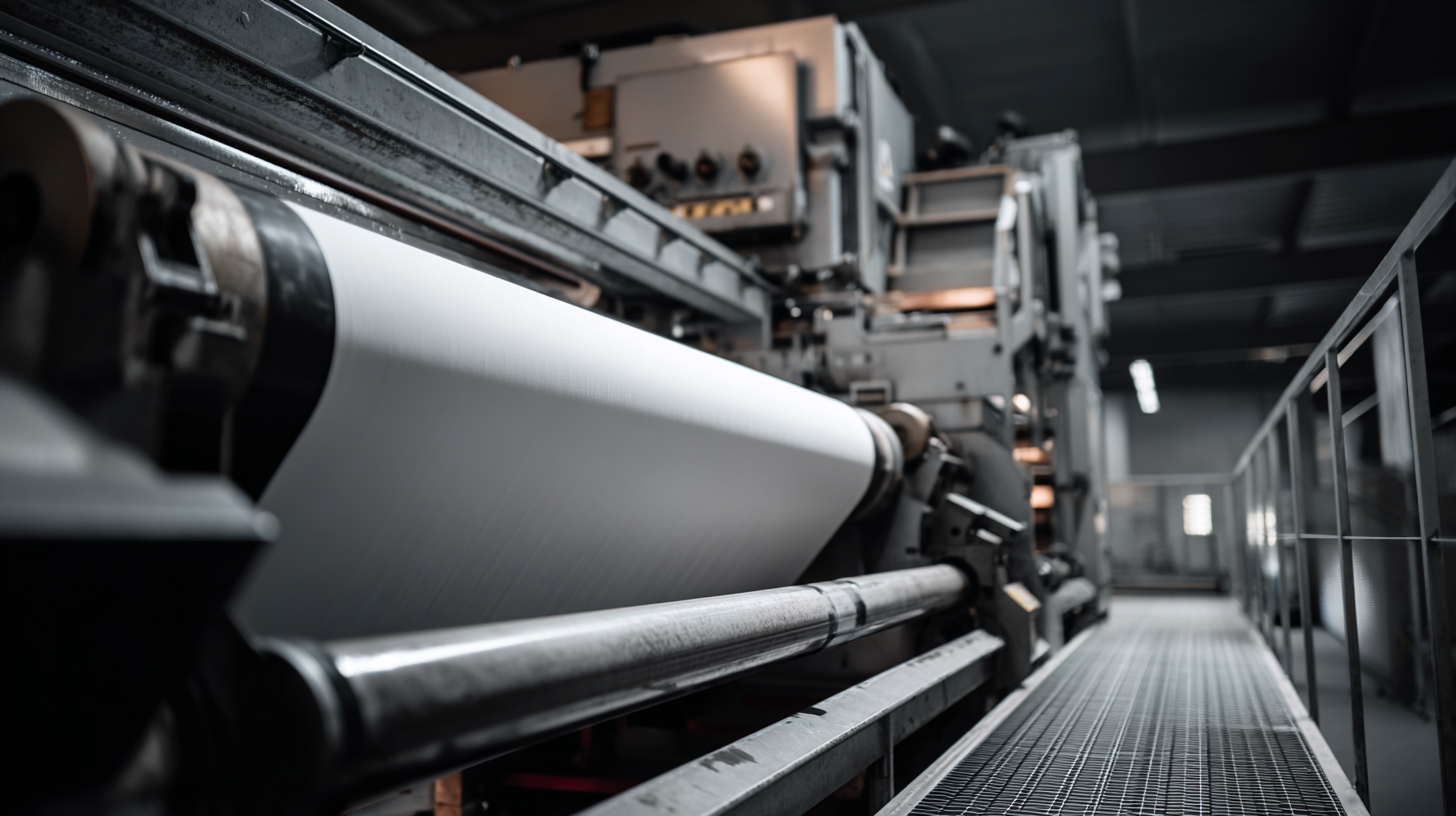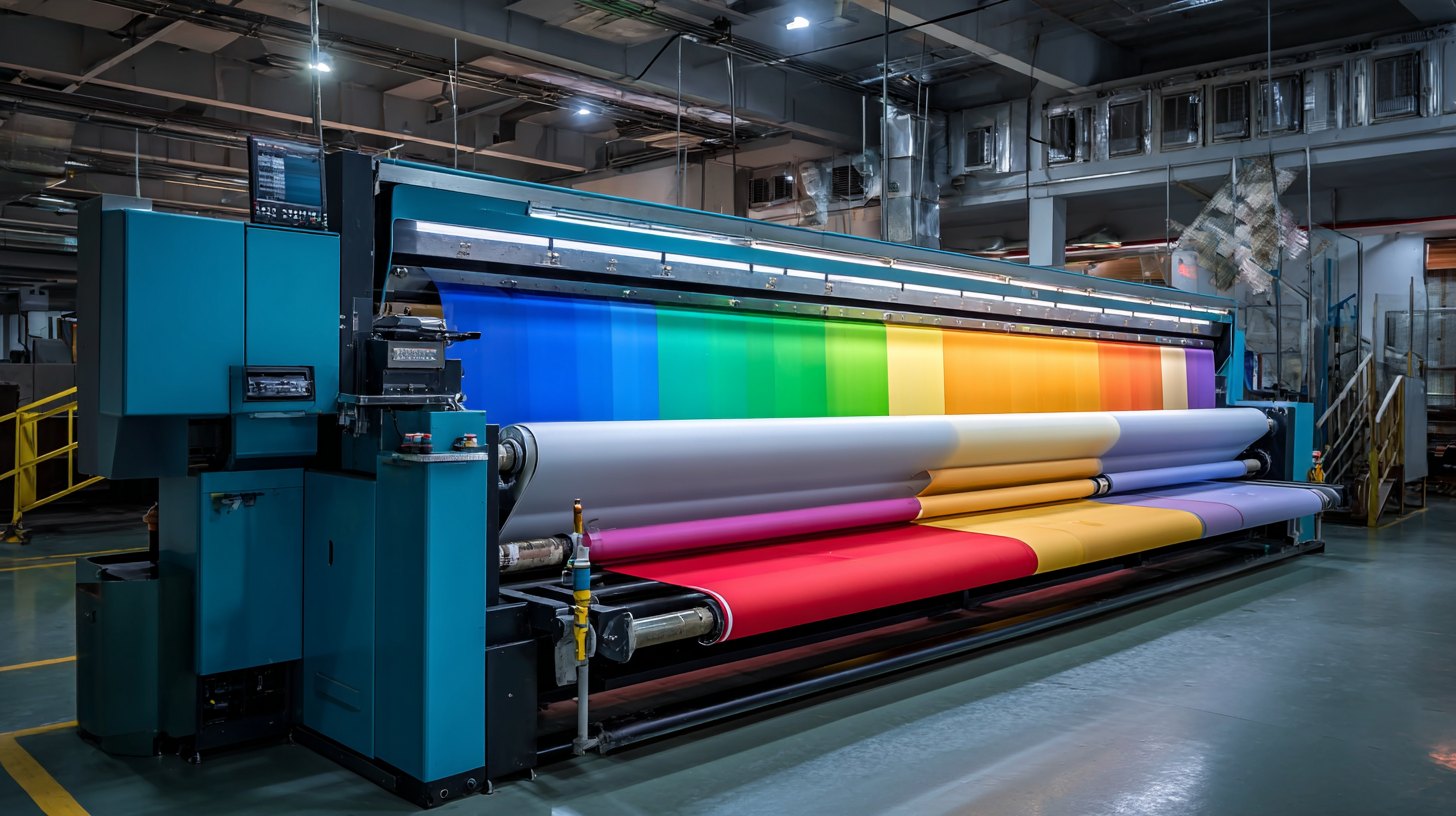 No. 14, Building 2, No. 367 Beijing Road, Chengdu Economic and Technological Development Zone (Longquanyi District)
No. 14, Building 2, No. 367 Beijing Road, Chengdu Economic and Technological Development Zone (Longquanyi District)

In today's competitive industrial landscape, selecting the right manufacturer for Mdi Pu Tension Screen products is crucial for ensuring operational efficiency and quality output. The global polyurethane market is projected to grow at a CAGR of 7.2% from 2021 to 2026, with Mdi Pu Tension Screens playing a pivotal role in various applications, including mining and aggregates processing.

According to a recent industry report, the demand for advanced screening technologies has surged by over 15% in recent years, highlighting the need for high-performance solutions that enhance productivity. Understanding the benefits of Mdi Pu Tension Screens, such as durability, flexibility, and cost-effectiveness, is essential for manufacturers looking to improve their competitive edge. This blog aims to provide insights into identifying top manufacturers in this niche, helping businesses make informed decisions and leverage the advantages offered by these innovative products.
 MDI PU tension screens have gained significant attention in various industrial applications due to their remarkable features and benefits. Made from a combination of Modified Diisocyanate (MDI) and polyurethanes (PU), these screens offer enhanced durability and resistance to wear and tear, which is crucial for maintaining efficiency in operations. One of the key features of MDI PU tension screens is their ability to withstand a wide range of temperatures and harsh chemicals without compromising integrity. This versatility makes them suitable for various industries, including mining, recycling, and food processing.
MDI PU tension screens have gained significant attention in various industrial applications due to their remarkable features and benefits. Made from a combination of Modified Diisocyanate (MDI) and polyurethanes (PU), these screens offer enhanced durability and resistance to wear and tear, which is crucial for maintaining efficiency in operations. One of the key features of MDI PU tension screens is their ability to withstand a wide range of temperatures and harsh chemicals without compromising integrity. This versatility makes them suitable for various industries, including mining, recycling, and food processing.
When selecting the best MDI PU tension screens, consider the following tips:
By focusing on these essential features and following the tips mentioned, businesses can make informed decisions when selecting top manufacturers for MDI PU tension screen products.
When evaluating manufacturers of MDI PU tension screens, several key criteria should be considered to ensure companies select the best partners for their needs. First, product quality is paramount. Manufacturers should demonstrate a commitment to using high-grade materials and maintaining strict quality control processes. This can often be verified through industry certifications and customer reviews that affirm their reliability.
Secondly, innovation is a crucial factor. The ability of a manufacturer to adapt to market trends and develop new technologies can greatly enhance the functionality and durability of tension screens. Companies that invest in research and development are likely to produce superior products that meet evolving customer demands. Lastly, customer service and support play an integral role in long-term partnerships. Manufacturers who provide comprehensive technical support and responsive communication can significantly improve the user experience and satisfaction.
By focusing on these criteria—product quality, innovation, and customer support—businesses will be better positioned to identify leading manufacturers in the competitive landscape of MDI PU tension screen products. As highlighted in recent industry reports, staying informed about the top players in the market can further guide procurement decisions.

Identifying the leading manufacturers in MDI PU tension screen production requires a thorough comparative analysis of the brands available in the market. When evaluating these manufacturers, key factors such as product quality, innovation, and customer feedback should be prioritized. Companies known for their rigorous quality control processes and advanced manufacturing technologies often lead the pack, producing screens that not only meet industry standards but also enhance durability and performance in various applications.
Furthermore, assessing the reputation of these brands can offer valuable insights. Those that invest in research and development tend to introduce innovative designs and materials that improve screen efficiency and maintenance. Customer testimonials and case studies provide real-world experiences that highlight the strengths and weaknesses of each manufacturer's products. By focusing on these aspects, potential buyers can make informed decisions and choose the best MDI PU tension screen products that meet their specific needs.
| Manufacturer Type | Production Capacity (units/year) | Market Share (%) | Product Range (types) | Customer Ratings (out of 5) |
|---|---|---|---|---|
| Leading Manufacturer A | 50000 | 25 | 5 | 4.8 |
| Established Manufacturer B | 75000 | 30 | 6 | 4.6 |
| Innovative Manufacturer C | 30000 | 15 | 4 | 4.9 |
| Emerging Manufacturer D | 20000 | 10 | 3 | 4.3 |
| Global Manufacturer E | 60000 | 20 | 5 | 4.5 |
Customer testimonials are invaluable when it comes to assessing the real-world performance of MDI PU tension screens. Users often share their experiences, highlighting the benefits and challenges they faced while using these products. For instance, many customers appreciate the durability and flexibility of MDI PU tension screens in various industrial applications, stating that they have effectively improved production efficiency. Testimonials frequently mention how these screens withstand harsh conditions, showcasing their ability to maintain structural integrity over extended periods.
Moreover, customer feedback reveals insights into the installation and maintenance processes associated with MDI PU tension screens. Many users note that these screens are relatively easy to install, reducing downtime during setup. Additionally, customers share advice on regular maintenance practices that help maximize the lifespan and performance of the screens. These real-life experiences serve as a guide for potential buyers, enabling them to make informed decisions based on authentic feedback from fellow users in the industry.
The world of MDI PU tension screen technology is rapidly evolving, with manufacturers increasingly focusing on enhancing performance and sustainability. One notable trend is the incorporation of advanced materials that not only improve durability but also reduce environmental impact. Manufacturers are investing in research and development to create screens that can withstand harsh conditions while maintaining optimal performance. This has led to the rise of innovative designs that optimize mesh configurations for better filtration efficiency, catering to the diverse needs of various industries.
Moreover, automation and digitization are becoming integral to the manufacturing process. The implementation of smart technologies, such as IoT and AI, allows manufacturers to monitor production in real-time, ensuring higher quality control and operational efficiency. As data analytics become more sophisticated, manufacturers can better anticipate market demands and tailor their products accordingly. This shift not only streamlines production but also enables companies to be more responsive to changes in consumer needs, positioning them for long-term success in the competitive MDI PU tension screen market.